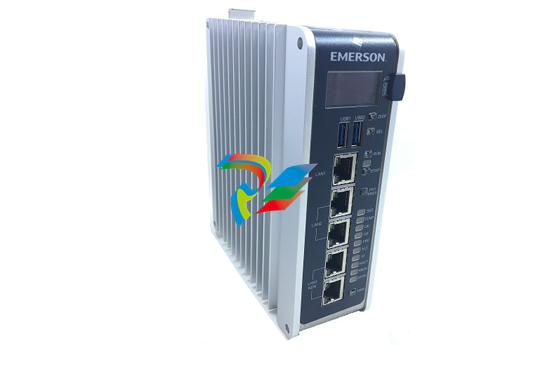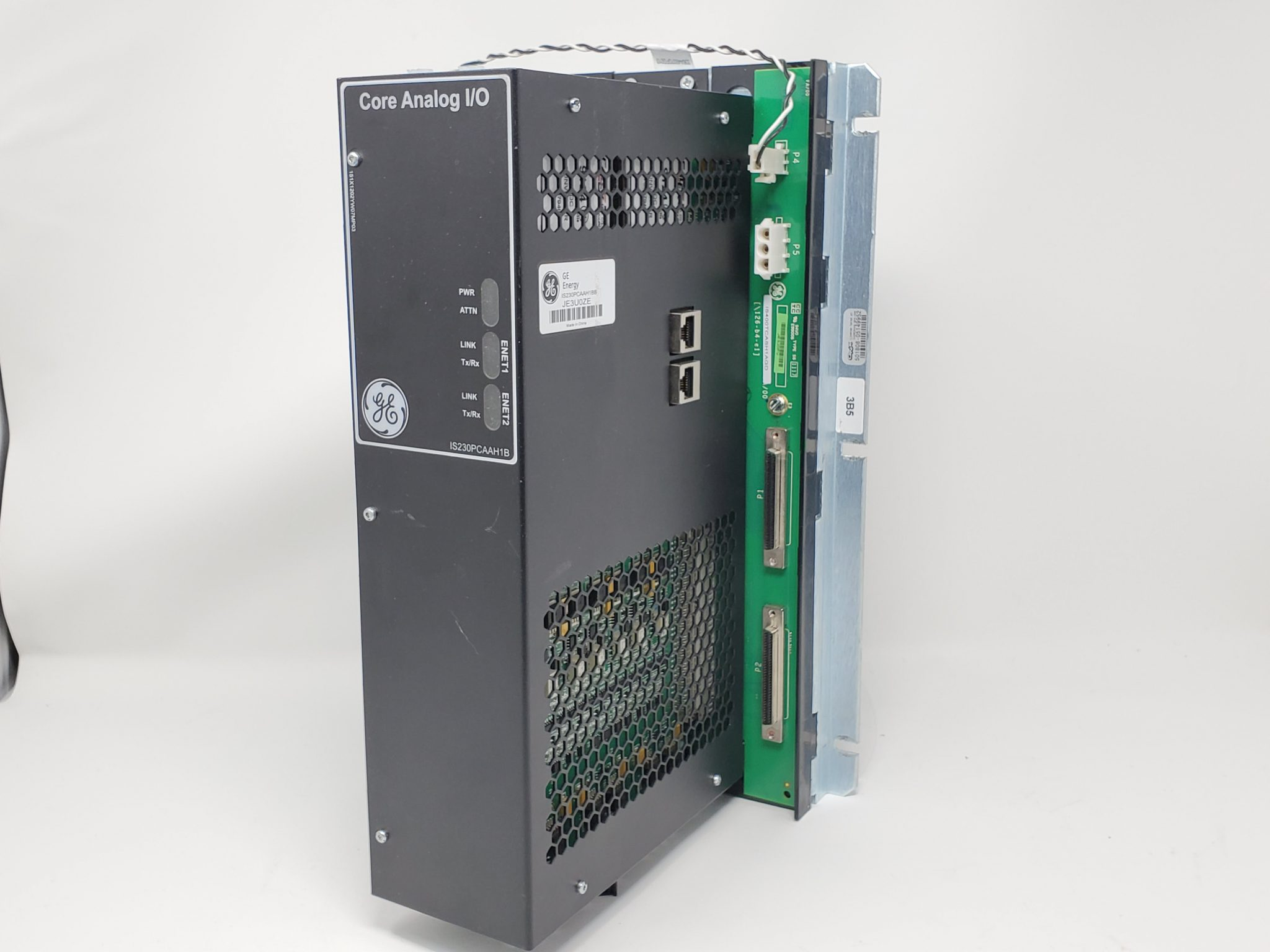
How to Craft an Engineer Elevator Pitch with Examples
Example: “Hi, I’m Sally Smith. As a civil engineering manager at [company name] for the past two years, I’ve led multiple cross-functional teams in conceiving, designing, and maintaining large infrastructure projects in the public and private sectors. Notably, utilizing my geotechnical engineering experience, I was recently able to move forward on developing a large chip manufacturing facility for a major company. What types of employees do well within your organization?”
Example: “Hey, I’m Jamie Brown. I’ve just received my double bachelor’s degree in computer science and business administration. I’ve held three internships [list company name of each if relevant] where I’ve had to create reports, develop new programs, and pitch projects to the wider team. My current focus is getting a job in project management, and my mutual connection [name] said you’d be a great person to start a conversation with as your team is currently hiring.”
Try to draft a few more elevator pitch examples for yourself using the ones above. You can then either select one example to use all around or have a few tucked away to use while talking at in-person events or to add to your online profiles. Having this type of value proposition on your LinkedIn, for instance, is a great way to stand out when people are seeking new team members to hire and automatically pulls your profile to the top when it’s full of relevant information and search terms a company would be looking for.
Tips for Elevator Pitches
There are a few tips to follow when you’re crafting a top-notch elevator pitch and when it comes time to use an elevator pitch. If you want to ensure your elevator pitch doesn’t exceed 30 seconds, try to make it 20 words or less. More is okay, but focus on not exceeding 80 to 100 words or the intro to your conversation can become too long, the point of your elevator pitch will be forgotten, and the person you’re speaking to will lose interest. You may have a longer version available if the opportunity presents itself, but it never hurts to get it down to the absolutely essential items.
The standard elevator pitch format is fail-proof, but if you’re at a large conference or attending big networking events, it can be harder to keep a person or audience interested. Sometimes it helps to start with an attention-grabbing statistic or some innovative ideas that differentiate you from other engineers. This can also create a human connection and a memorable first impression.
It can be useful to know the job description of the role you’re after ahead of time, or have an idea of what professional experience and skills are important to highlight when you’re talking to someone. It’s often a quick conversation, but hitting key points in an elevator pitch can keep your audience’s attention and lead to strong new contacts and possibly a new job.
It’s also important to express confidence, whether you’re speaking to a hiring manager or a personal connection. Fake it until you make it is a popular phrase for a reason. Even if you’re feeling nervous about your career prospects or feel as if the job title you’re after is above your skill level, your next job opportunity can be a result of how you present yourself.
After crafting an elevator pitch that works for you and putting in some practice, you’ll be able to use your pitch in front of your intended audience, a hiring manager at a company with a job title you’d like to secure, and more.
.jpg)






































































.jpg)
.jpg)





.jpg)



.png)
.jpg)

.jpg)
_lVjBYb.jpg)

.jpg)
.jpg)



.jpg)
.jpg)







.jpg)

.jpg)
.jpg)













